The textile menagerie of Bryony Rose Jennings is filled with a variety of ‘beasties’, whose charms are irresistible.
rom mice to owls to rabbits and foxes, each of her figures has something to say, with a wink and a nod.
Bryony’s purposeful use of reclaimed textiles to create her creatures adds to their appeal. Nothing is off limits, including upholstery fabrics, lace, velvet, barkcloth, silk and old wool blankets.
Bryony believes the prior lives embedded in the vintage fabrics she uses add to her creature’s personalities and stories. And we think you’ll wholeheartedly agree.
It’s important to note Bryony’s incredible craftsmanship. All her techniques have come about through trial and error, and she will tell you every creature teaches her something new. Imagine trying to stitch between the claws of a fox or the underside of a rabbit’s tail!
We can’t wait for you to explore Bryony’s magical storyland, a place that’s beyond charming and is utterly remarkable. Be sure to also check out the glorious names Bryony bestows on her creatures. Crowning strokes all.
Surrounded by artistic possibilities
Bryony Rose Jennings: I had a charmed childhood in a small cottage in a quiet village in rural Hampshire. My parents were art teachers and artists in their own right. Art and the practice of making things was part and parcel of daily living.
My brother and I created and explored freely. If we wanted to make something, we just got to it, learning as we went.
The kitchen table was often covered in mounds of clay or drawing paper, and my bedroom was full of thread and squirrelled away fabric scraps. The garden was filled with hidey holes, fairy houses, and we made dens stocked with mud pies and flower petal potions.
“I never had to question that a career in the arts was a possibility and, for that, I know I’m extremely lucky.”
Bryony Rose Jennings, Textile artist
In terms of early textile creations, I made lots of things with needle and thread. But I especially remember when my mum was my art teacher at primary school, we all made an appliqué page for an alphabet book.
My page was a big letter ‘B’ in blue fabric and a butterfly collaged in many different colours, all stitched onto hessian.
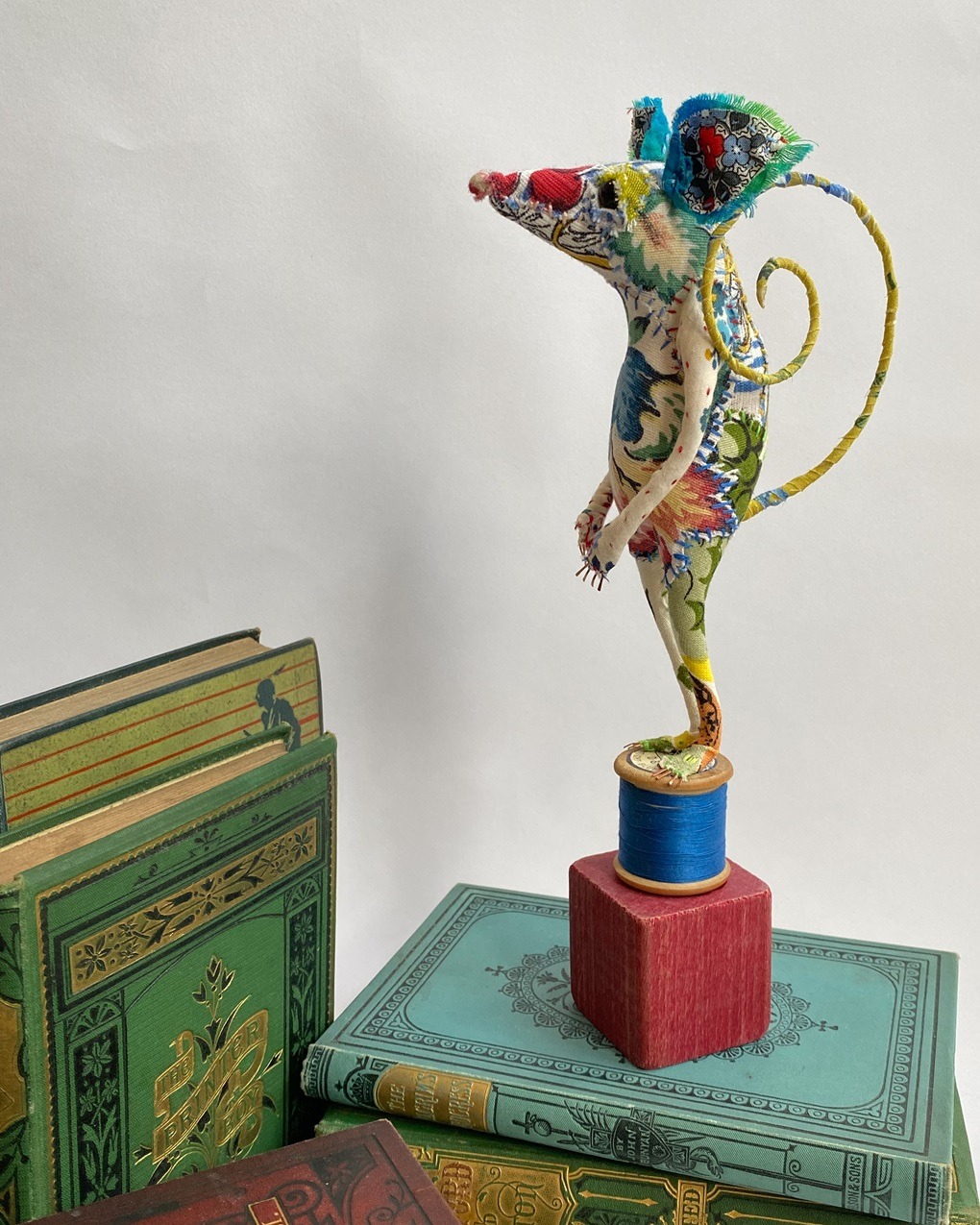
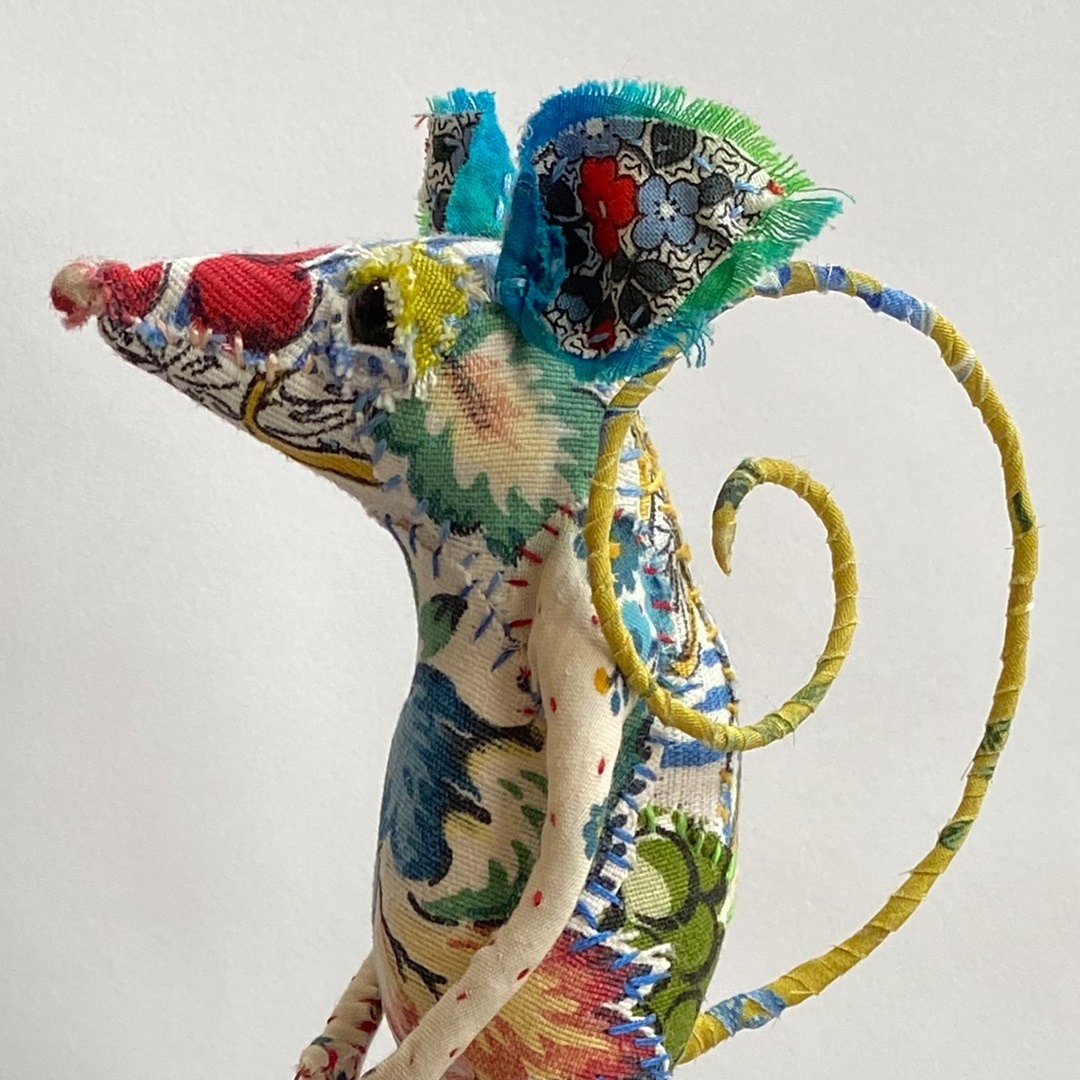
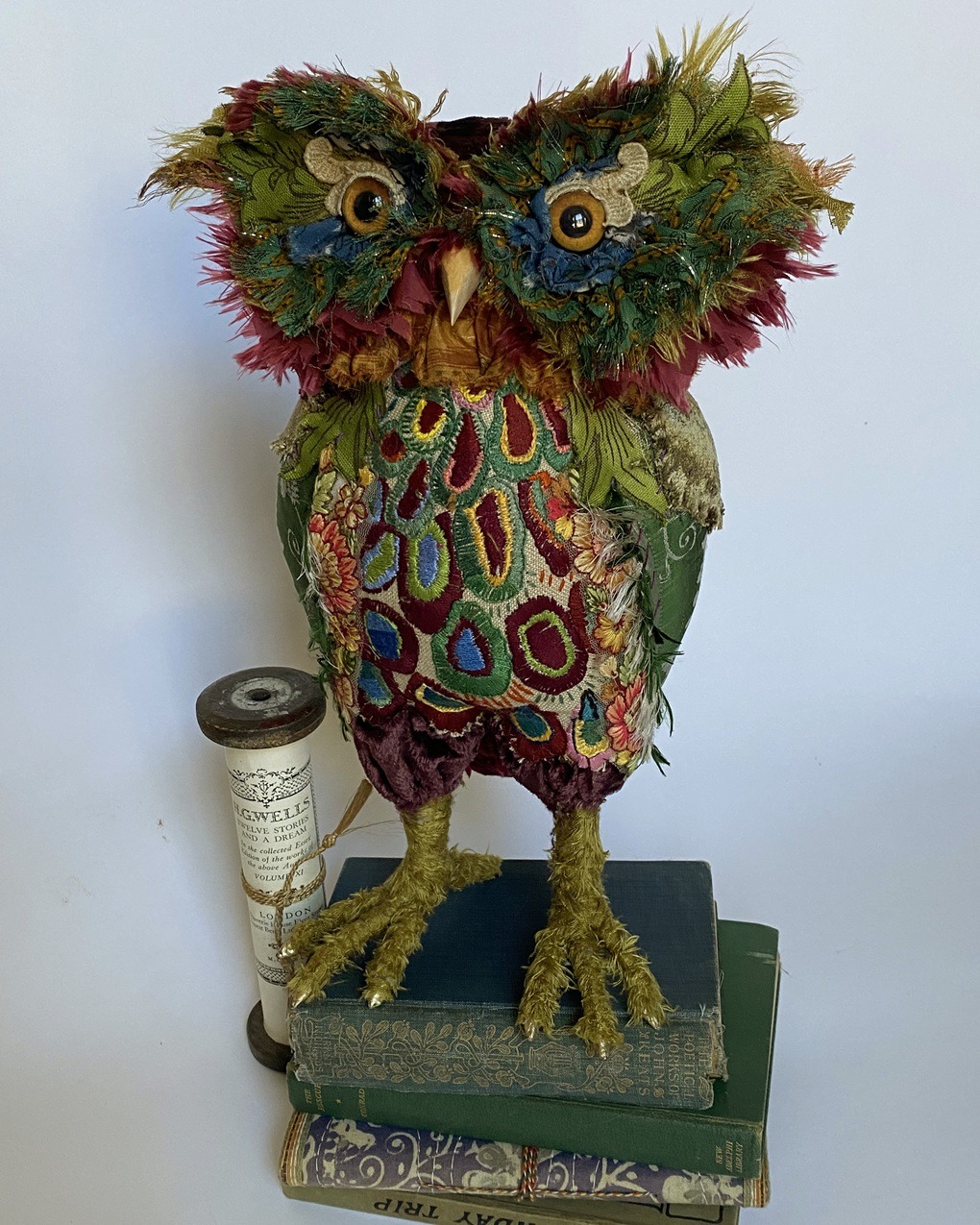
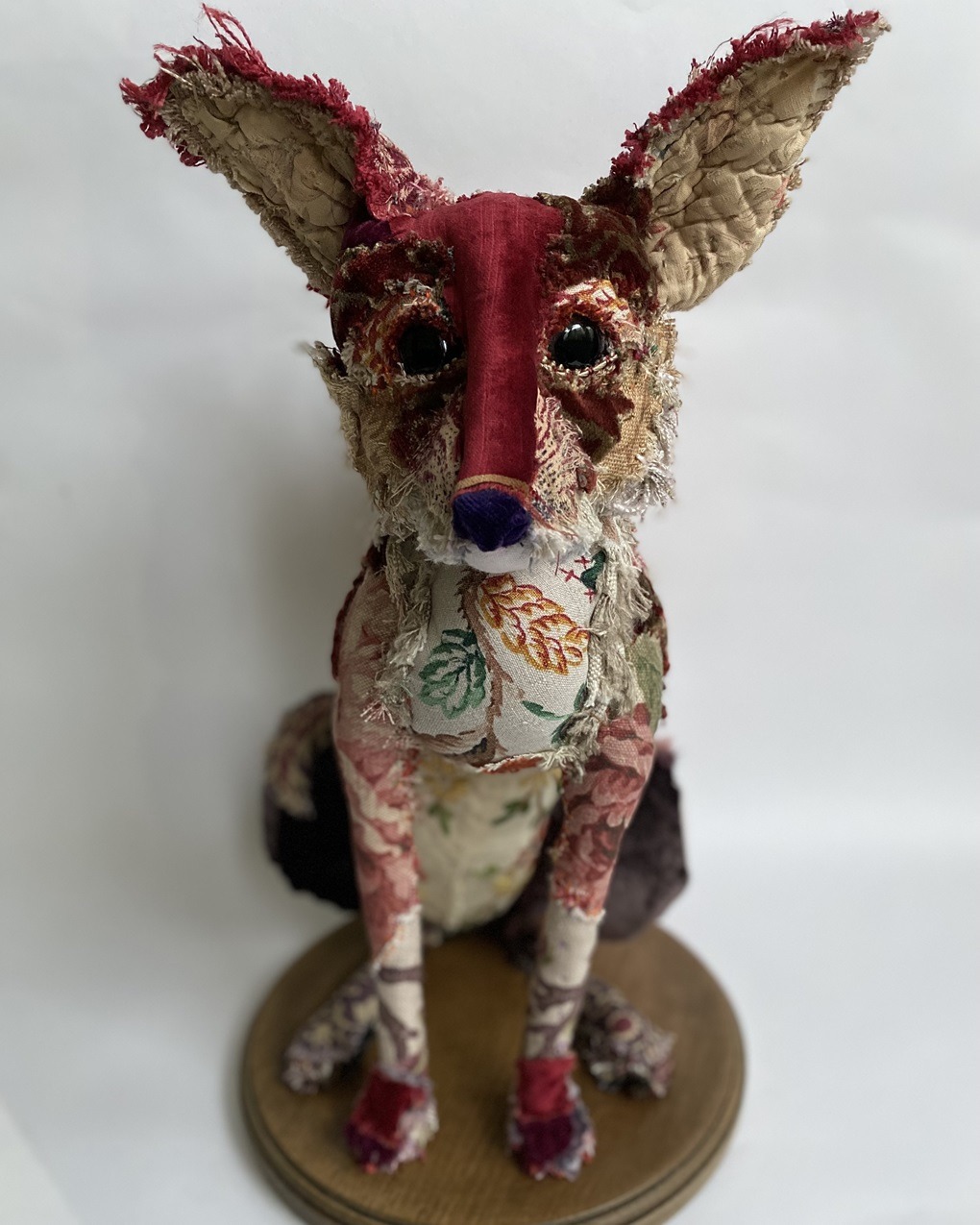
The glory of Flossie
For as long as I can remember, I’ve collected and kept fabrics that hold meaning or speak to me. But I first explored textiles as an art medium during my college foundation art course.
I had a wonderful teacher, Yvonne Kimber, who opened the door to a magical world. She introduced me to all sorts of exciting new materials and techniques. Her enthusiasm was both exciting and contagious.
I found myself particularly taken with free-motion embroidery on soluble fabric and became quite obsessed. My end-of-year exhibition piece was a tent created with muslin.
It was big enough to walk into and was filled with embroideries of skeletal leaves and natural detritus. It was a visual and tactile expression of memory and experience.
After college, I studied jewellery and silversmithing at The School for Jewellery, at Birmingham City University. I had taken a metalwork course at college and wanted to pursue that further.
That’s when I came to understand my creativity was suited to the creation of objects, and I really enjoyed working in 3D.
I spent most of my twenties working in jewellery design and retail, but in my spare time, I continued to make mad things from fabric. My artist friend Abi and I created and sold textile jewellery featuring large vibrant fabric flowers sewn into silver frames and then layered and embellished. From there we ventured into textile sculpture and created a series of installations for art trails.
The creatures I create today were actually inspired from one of our most enthusiastic and madcap ideas: creating a life-sized patchwork donkey for a seaside exhibition.
We spent a few days and nights constructing him from the materials we had to hand. We stitched old duvets and clothes over a wooden frame, and Flossie the Donkey was born. We were thrilled to have created a character that conveyed so much narrative and personality.
To top it all off, Flossie was covered in patches of my favourite fabrics and became a showpiece to display and preserve my beloved hoardings.
“Flossie was magnificent, and he inspired me to see what else I could create in that way.”
Bryony Rose Jennings, Textile artist
My sculpting techniques are entirely self-taught, and the way I use stitch to create my creatures has developed out of requirement.
In some ways, I think the fact I don’t know any better about using a needle and thread is a benefit. Ignorance and a rueful disregard for rules has helped me persevere and develop my own unique style.
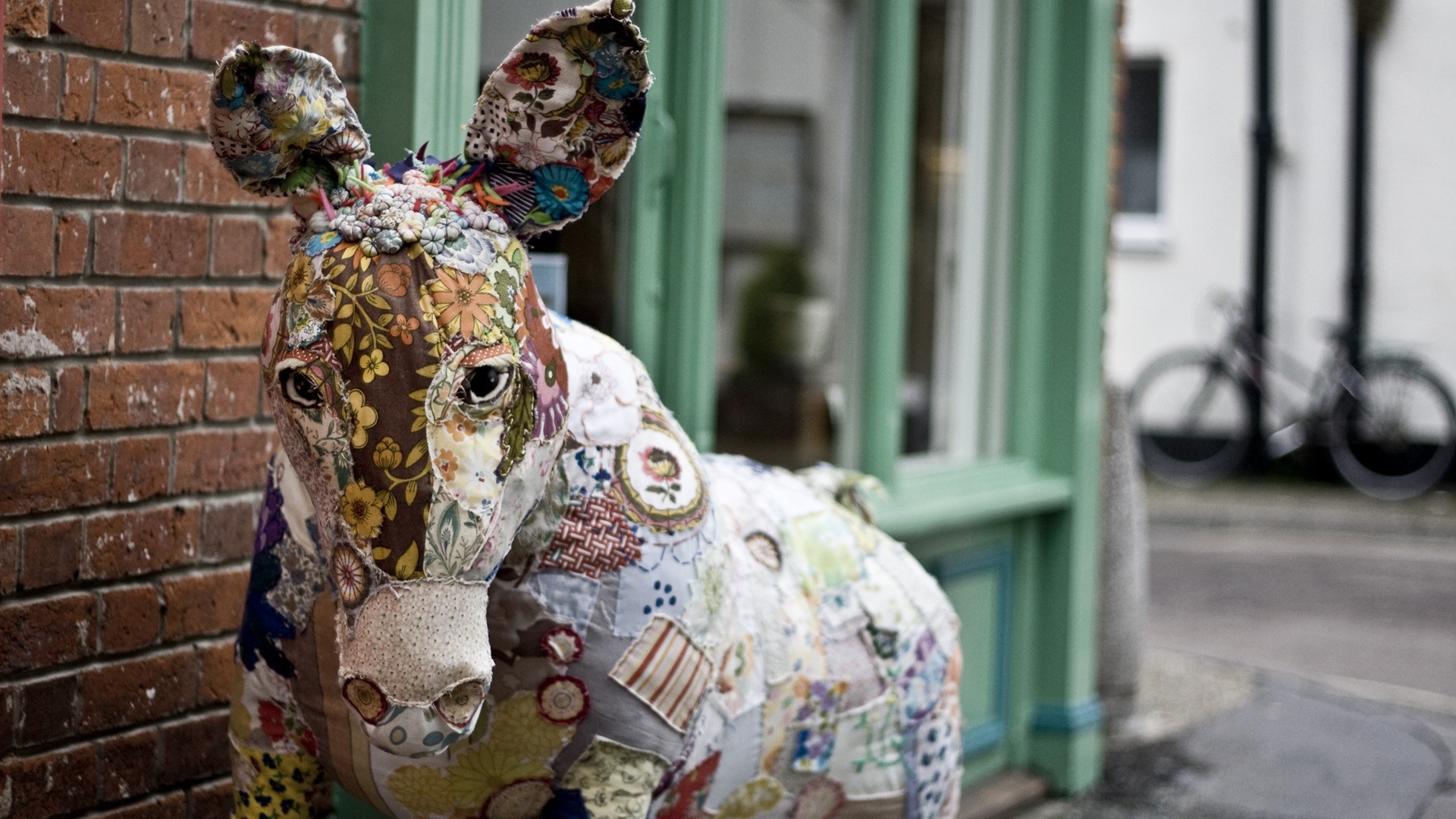
Naivety was a blessing
My process is slow, and I haven’t found any effective shortcuts. Sometimes I do wish I could work faster, as it would help with finances. But rushing doesn’t feel right, and I’ll only end up having to redo what I rush.
“My sculpting techniques are entirely self-taught, and the way I use stitch to create my creatures has developed out of requirement.”
Bryony Rose Jennings, Textile artist
In some ways, I think the fact I don’t know any better about using a needle and thread is a benefit. Ignorance and a rueful disregard for rules has helped me persevere and develop my own unique style.
I’ve learnt that the reward comes with consideration and time. It takes time to gather a palette of fabrics and find out what fits where. And it takes so much time to sew it all together!
I’ve learnt to embrace that, but I also find there’s a rhythm to my work. Once I find that rhythm, I just keep going knowing I’ll eventually finish and enjoy the results.
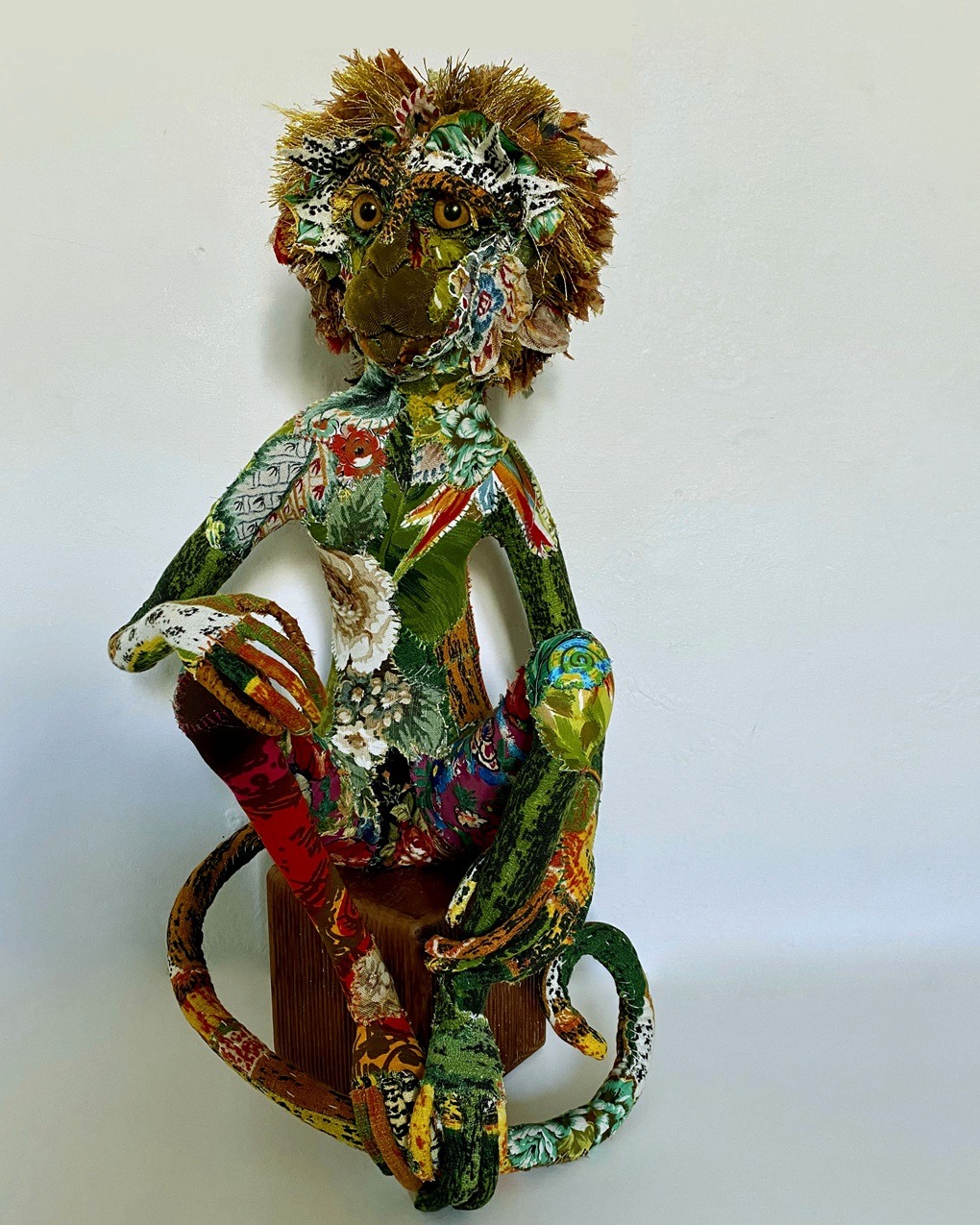
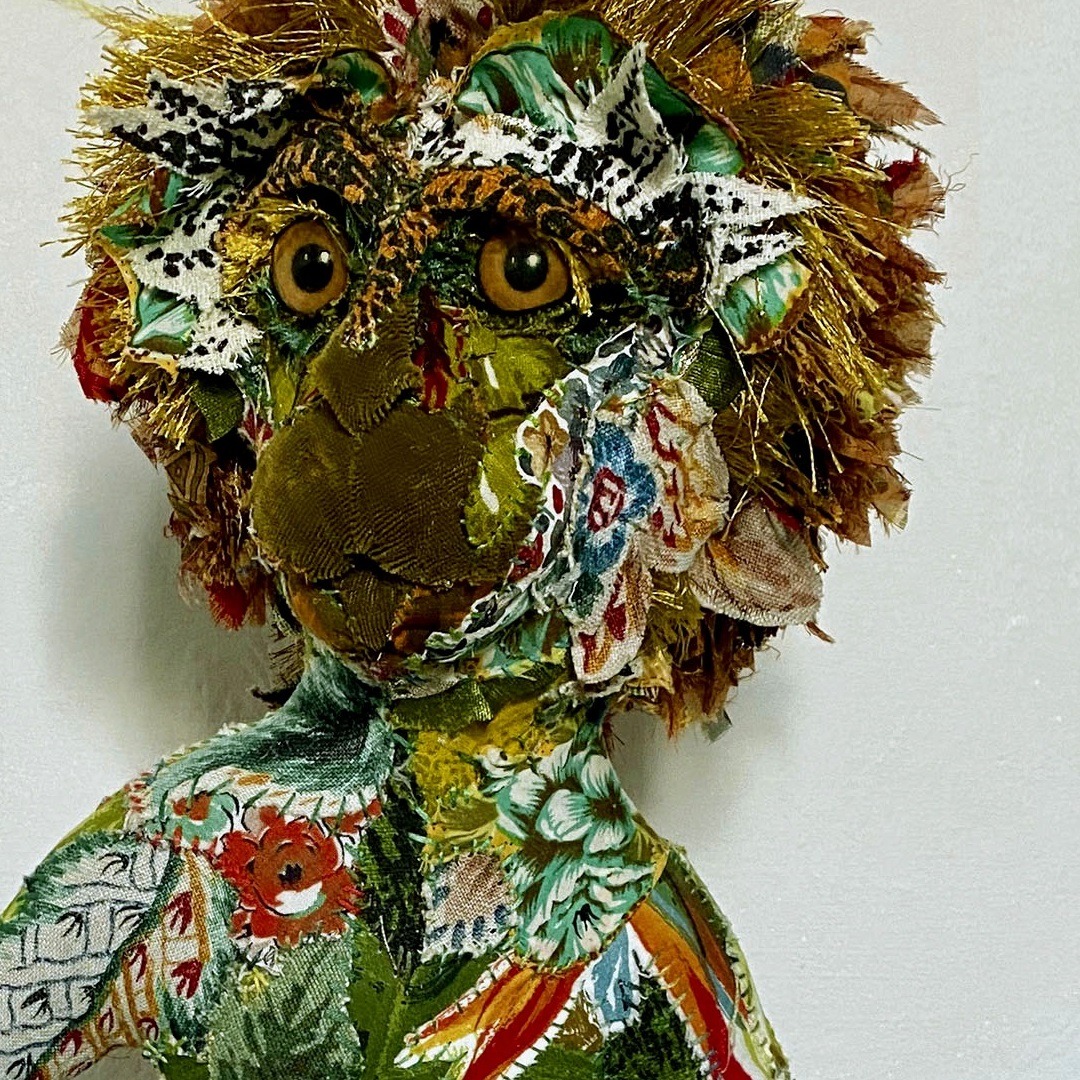
Beastie inspiration
I always begin a sculpture with an idea of an animal, but I also try to let the animal emerge organically as I work. Certain animals always carry personal connotations for me, informed by a variety of sources, including stories, films, and folklore.
But inspiration is truly everywhere. Even a person can remind me of an animal that inspires a creature.
I’ll look up reference photos of the animal or watch wildlife documentaries to get a feel for the way it moves. Sometimes I’ll sketch out my ideas, but drawing isn’t an integral part of the process.
Fabrics can also be a source of inspiration. For example, my life-sized wolf Ulfred was instigated by a pewter-coloured beaded table runner I had found in a sale.
I’d been keen to make a wolf for ages, and I was especially taken with the idea of a lone wolf that sat on the sidelines and looked in at us.
I wanted him to be pure, wild and fierce, but also intelligent, insightful and carrying the essence of associated tales and folklore. When I came across that fabric, I finally felt confident bringing my idea to life.
I’ve also been inspired to make a creature based on a feeling or event. For example, I periodically come back to a series of mother and child pieces as a way to document my experiences of motherhood, relationships and precious moments with my two sons.
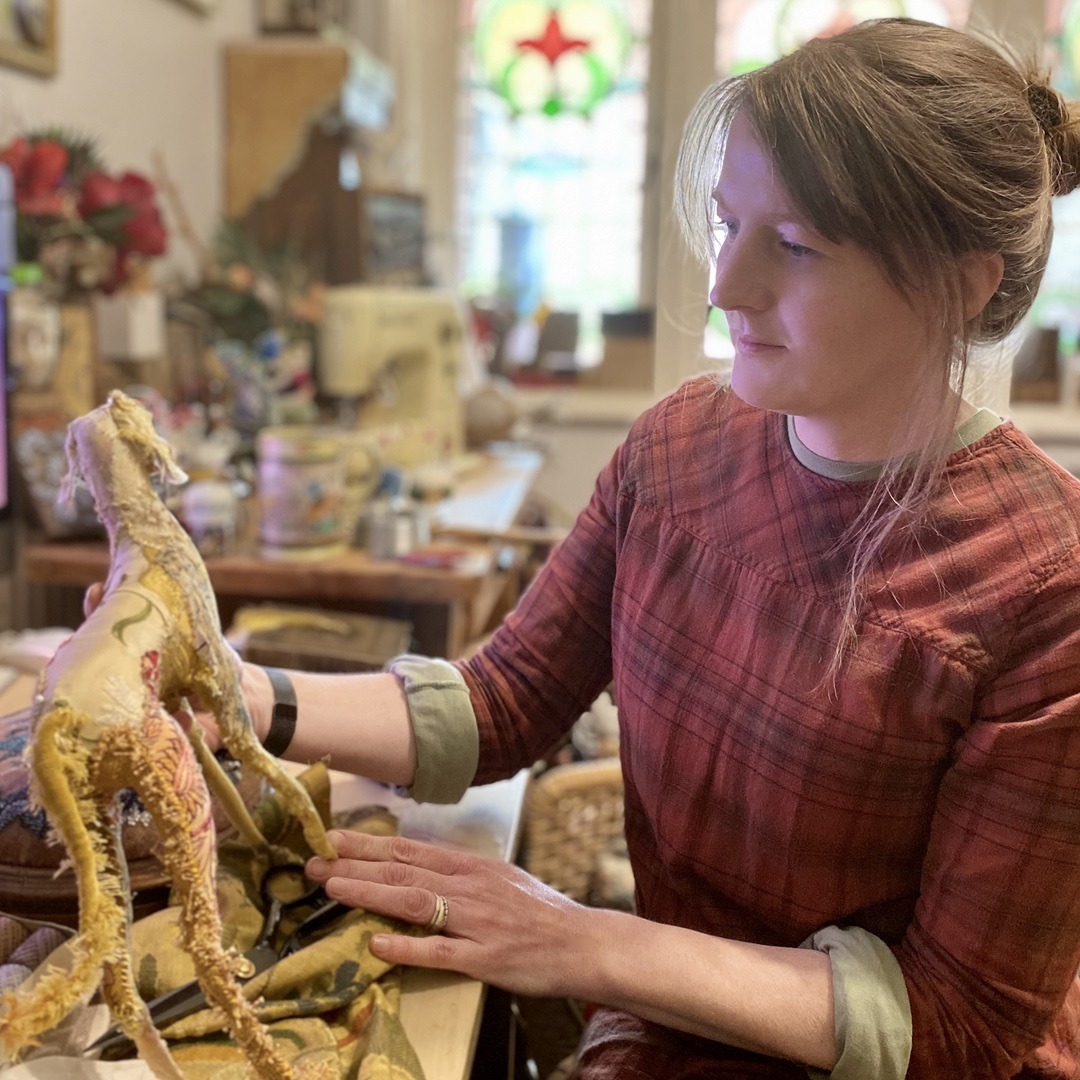
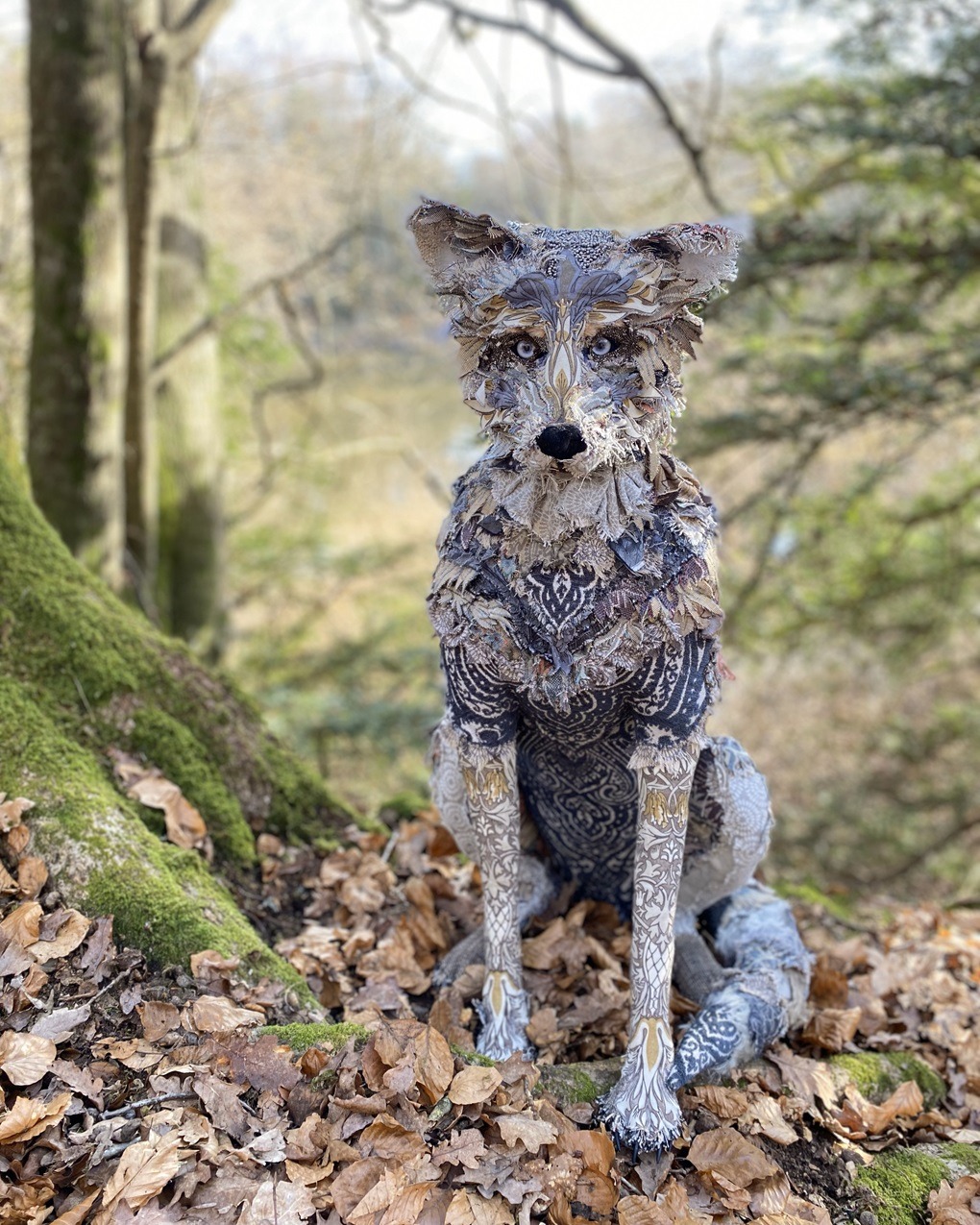
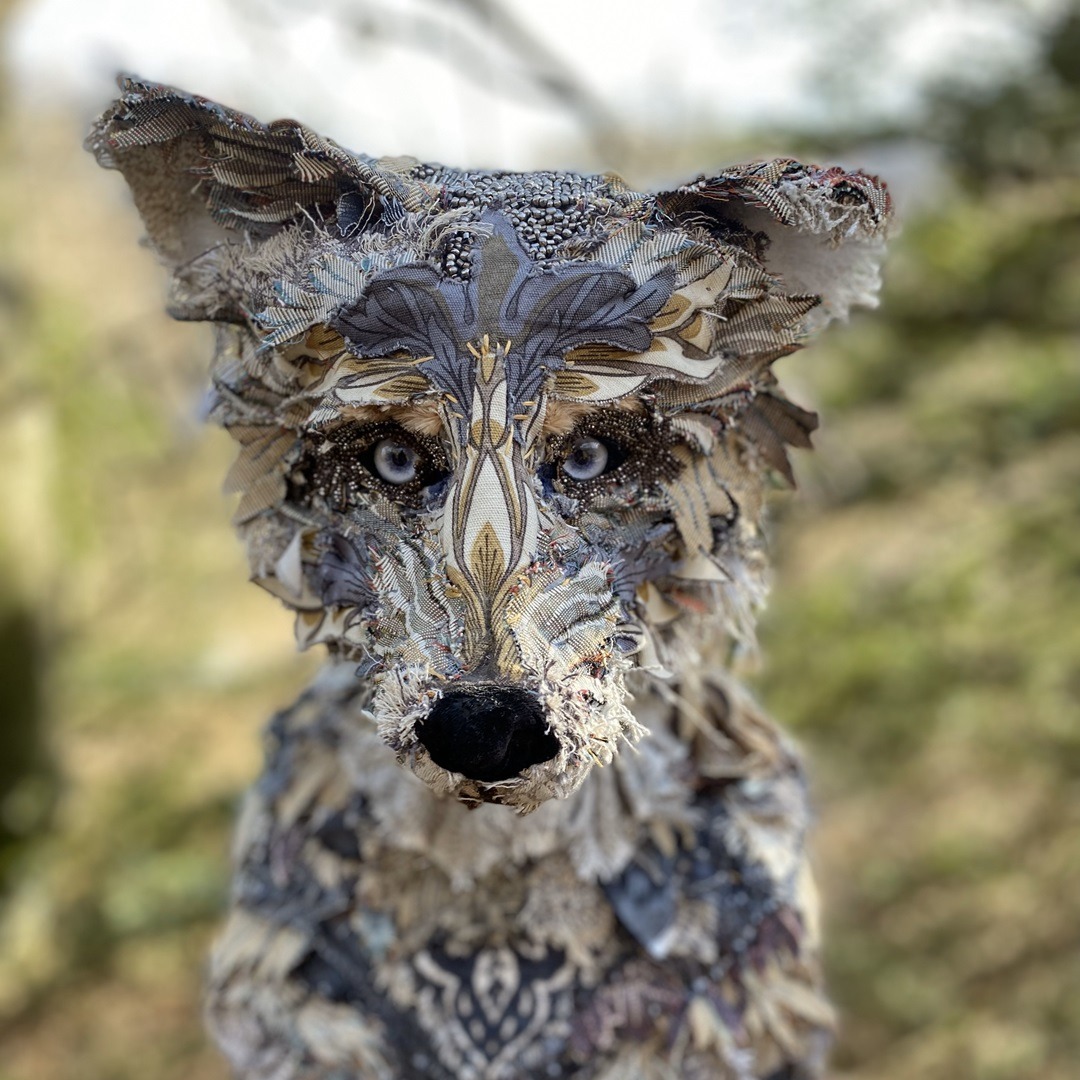
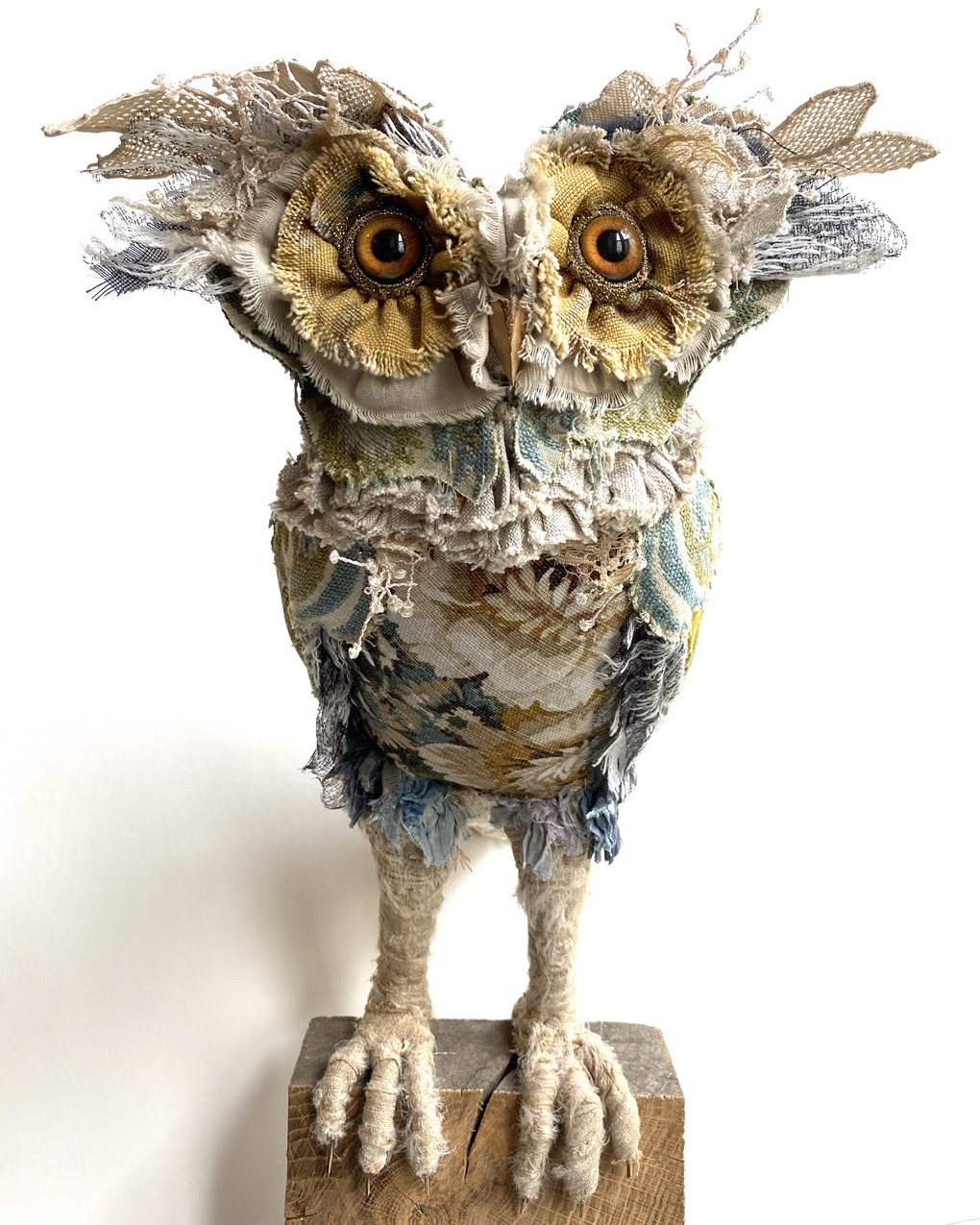
Skeletons & flesh
I describe my process as ‘building with fabric’, and I liken it to using a modelling medium such as clay. I use basic stuffed shapes to create different body sections and then stitch them together and sculpt them into more fluid forms.
Larger works start with intuitively creating a wire armature that’s like a ‘skeleton’. I then flesh out the skeleton by wrapping reclaimed fabric strips and then stitching them to secure in place. I use fabric as stuffing to create the shape of the body. The result is a very solid undressed form.
The creatures come to life with the addition of their fabric ‘skin’ and features. First I add the features, such as eyes, and then I apply layers of fabric over the whole piece.
These are directly stitched to the body using my own naïve version of appliqué. I choose fabrics that add texture or colour, or because the fabric’s pattern works well to accentuate muscle or shape.
My sculptures are constructed, sculpted and held together with hand stitch. I use a large range of upholstery and darning needles with strong upholstery threads for sculpting and construction. I move on to six-ply embroidery cottons for surface stitching. Those stitches are both functional and aesthetically visible.
“I find there’s always a certain point in the creative process when most of my sculptures develop a life of their own. That’s my favourite bit.”
Bryony Rose Jennings, Textile artist
There’s a turning point when a little voice in my head says ‘Oh, there you are’! And from that point forward, I know where I’m going with the sculptures – they help me to make themselves.
I think there is something about portraiture, human or animal, that provokes an interpretation or response. Perhaps it’s the eyes or the pose or something else, but it’s hard to look at a depiction of a living being without having some sort of reaction or emotion.
So, I don’t consider a piece of work finished until it communicates something to me. When I see something more, something deeper, than just a static animal sculpture, I consider the work successful.
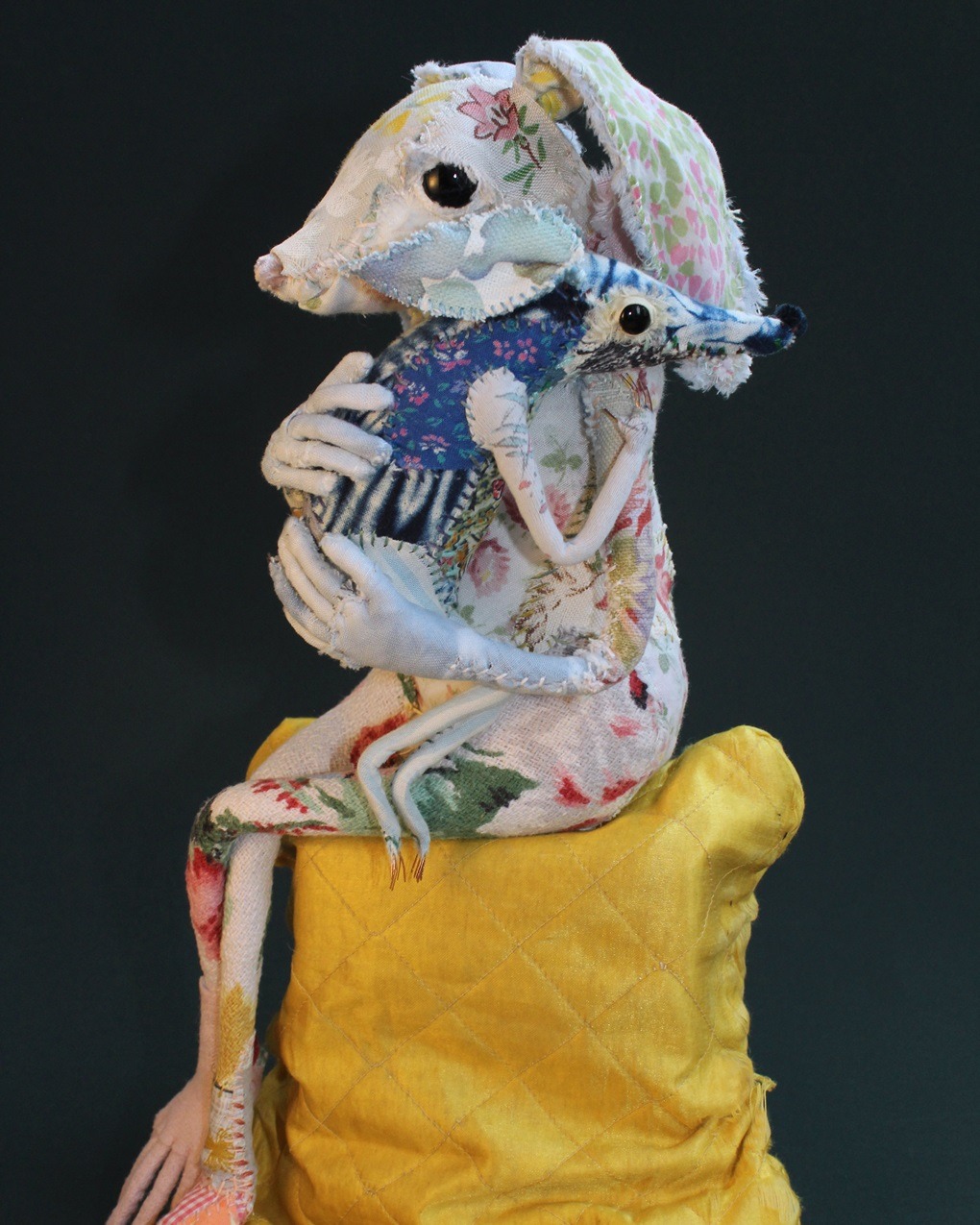
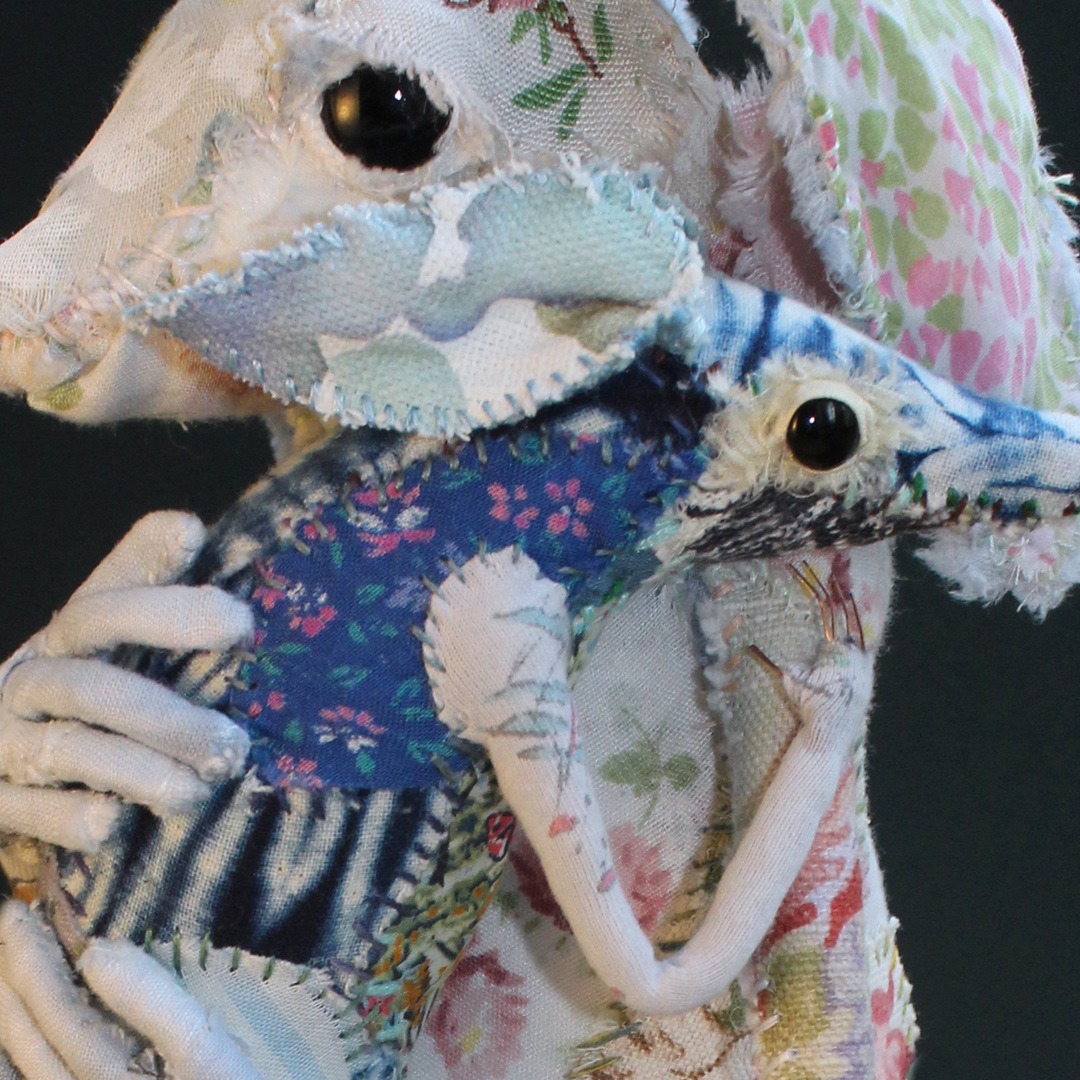
Tapping into vintage fabric stories
By nature, I’m a gatherer and collector, a keeper of the worn out, unloved and discarded. I find beauty in the detritus of the everyday, including old clothes, household linens and timeworn draperies that carry the marks of time and the discarded memories of lives lived.
I’ve never been one for shiny and new. I’m drawn to the character and narrative that develops with age. Vintage fabrics appeal to me because they come with their own voice and story.
I’m also moved by wonderful old quilts made from a lifetime’s worth of clothing. They tell a family’s story and carry a feeling of humanity.
“I feel a deep connection to fabrics of bygone eras, and I think that shows in the creatures created from those materials.”
Bryony Rose Jennings, Textile artist
Domestic fabrics are such an integral part of our lives. They clothe and comfort, and I love infusing those stories into my work.
I source my fabrics everywhere, including charity shops, eBay and car boot sales, and clothes come from family and friends. I am also given so much! I’ve met many fellow fabric lovers who are very generous.
I think they feel safe passing along their precious resources because they know I’ll honour and appreciate them by adding another chapter to their stories.
I’m more than happy when my beasties are handled, but with that comes the understanding the vintage materials will continue to be affected by age and touch. I have kept several animal sculptures in my home, some of which are nearly 20 years old. I think they only improve with age and more life experience.
If they get dusty, I hoover them. And if they look like they’re fading, I move them out of direct light. It’s all common sense. The only thing that really scares me are clothes moths, so I’m always vigilant!
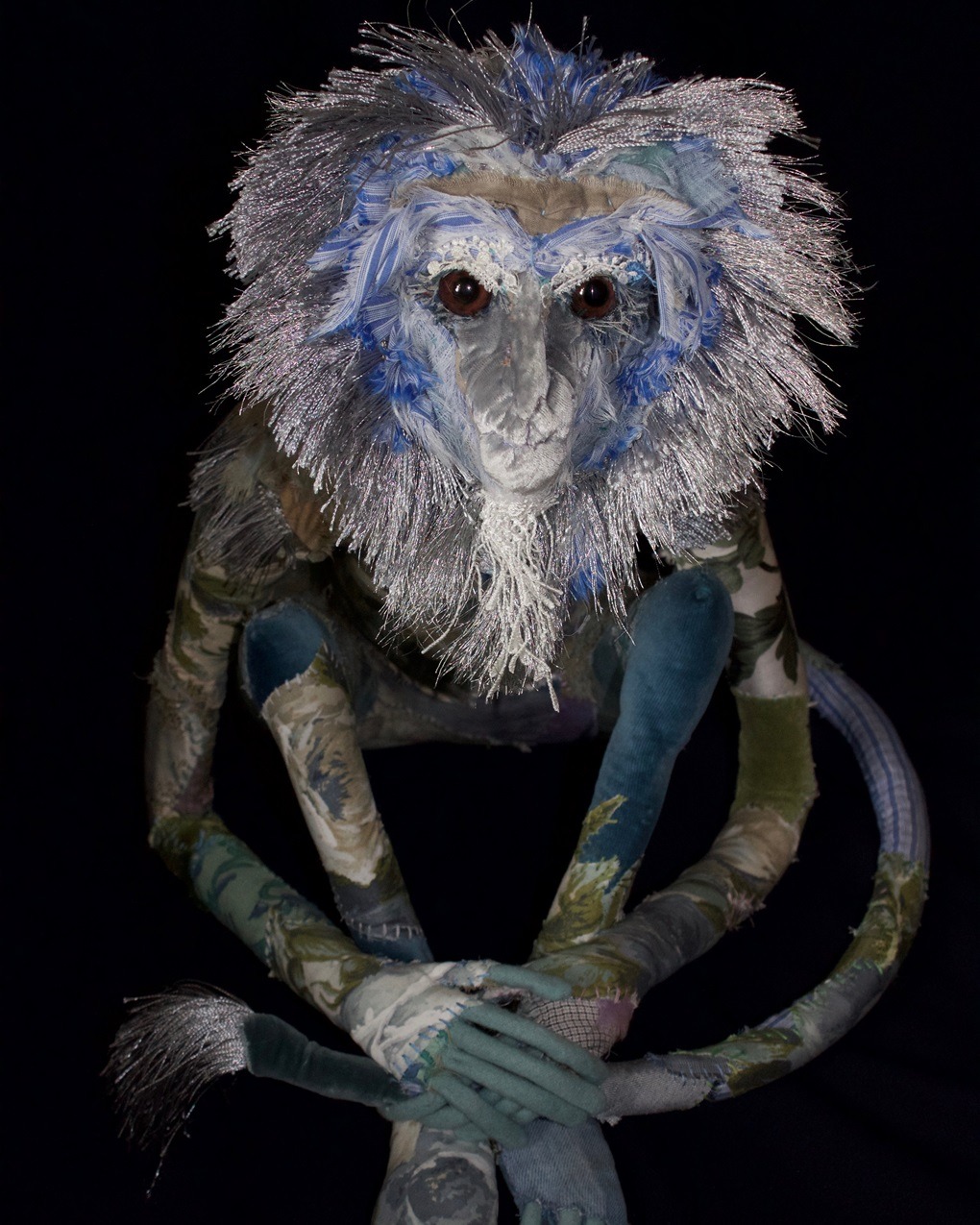
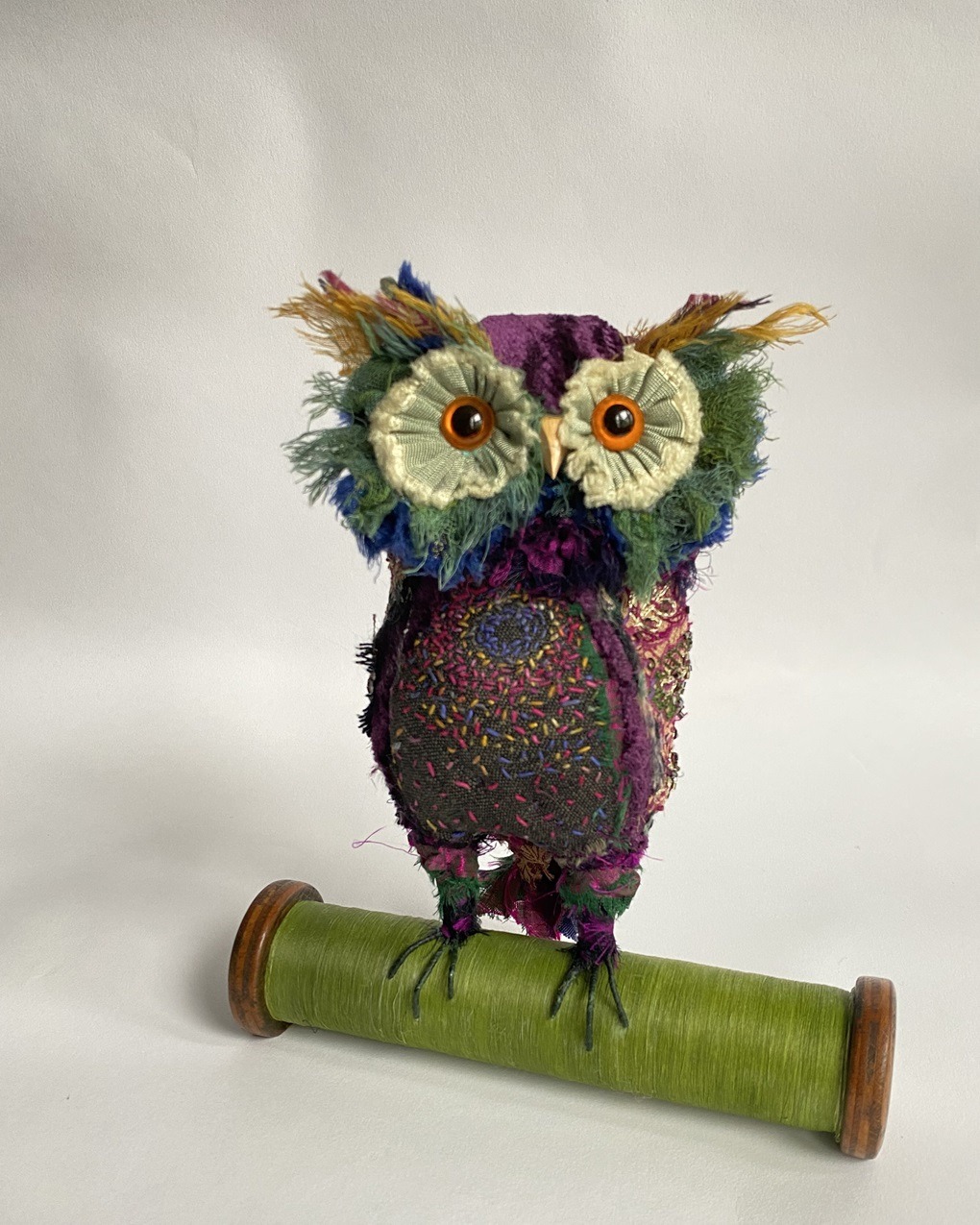
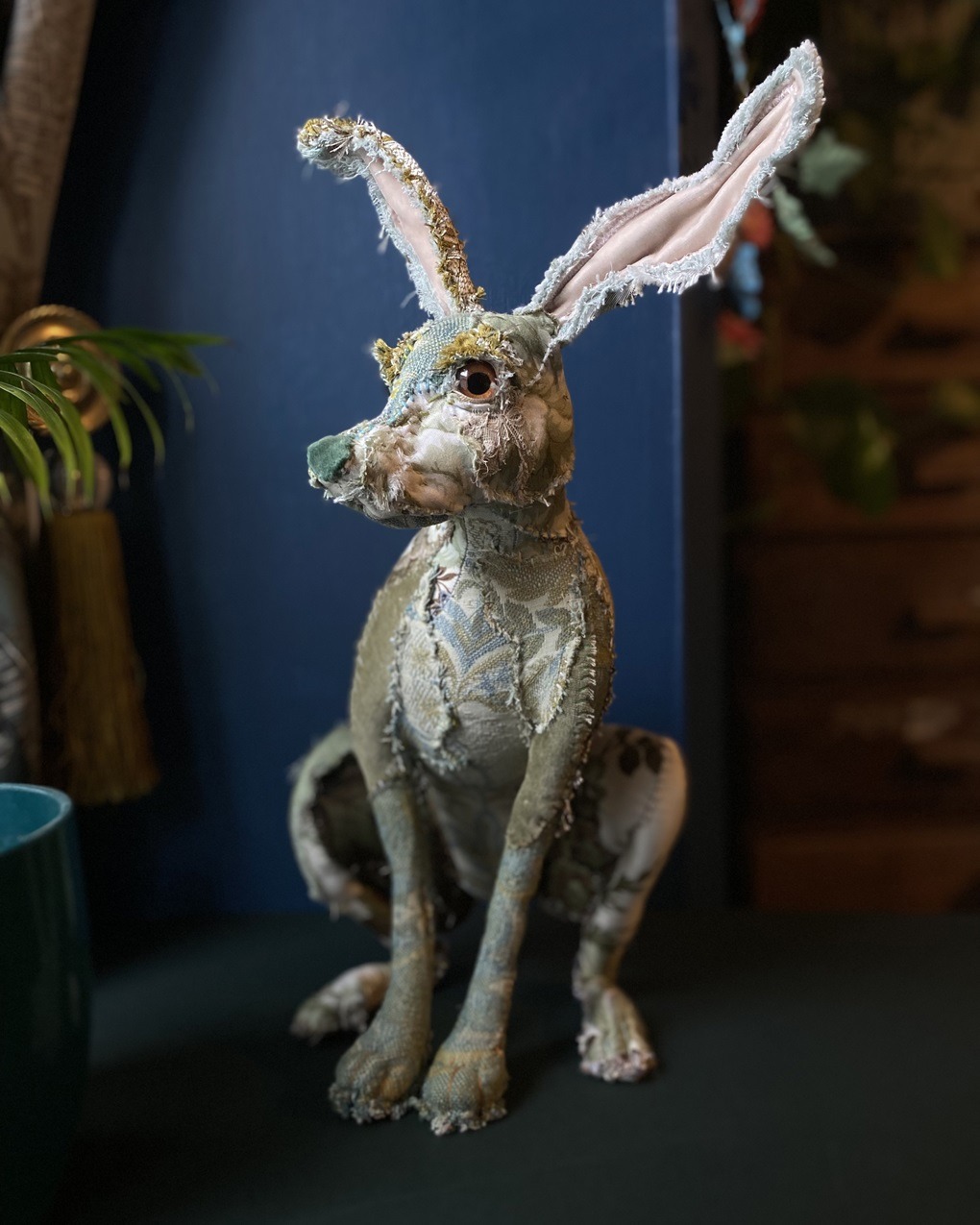
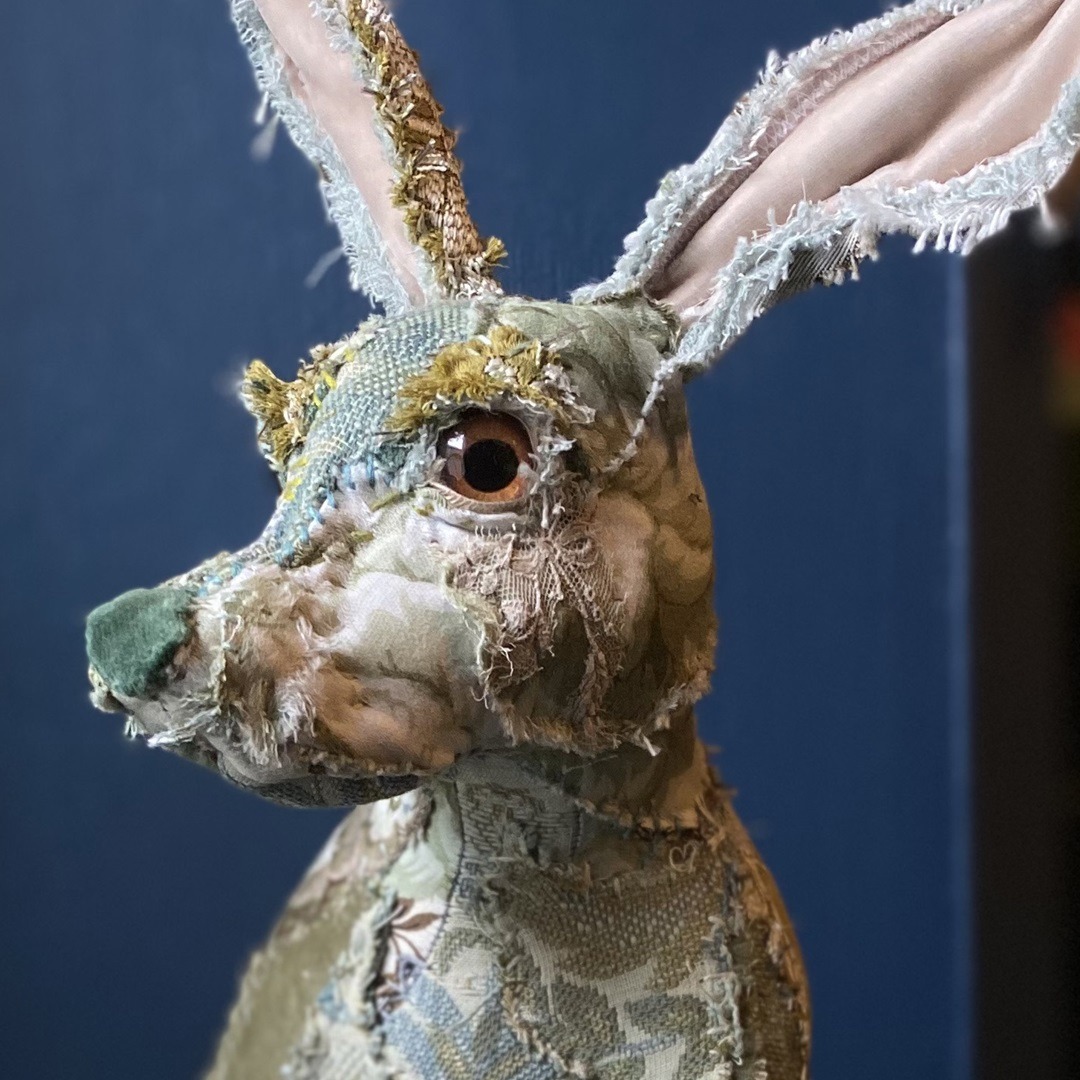
A beloved workspace
I work in a home studio in a traditional Edwardian terraced house. From my desk, I can see into my garden through the original stained glass windows and doors.
It’s an eclectic space with wall to ceiling shelves on one side that are filled to the brim with boxes of fabric, coils of wire, jars full of haberdashery and other inspiring objects I may use ‘one day’.
I’m an unashamed collector and hoarder of treasures – antique sewing ephemera, dried flowers and seed heads, sea glass, fossils, shells, threads and more.
The other wall is filled with a gallery of artworks, photographs, framed embroideries and thimble shelves that also house vintage thread spools and little treasures. And my desk is home to whatever I am working on and a constantly changing pile of fabrics. It’s a bit like working in a nest.
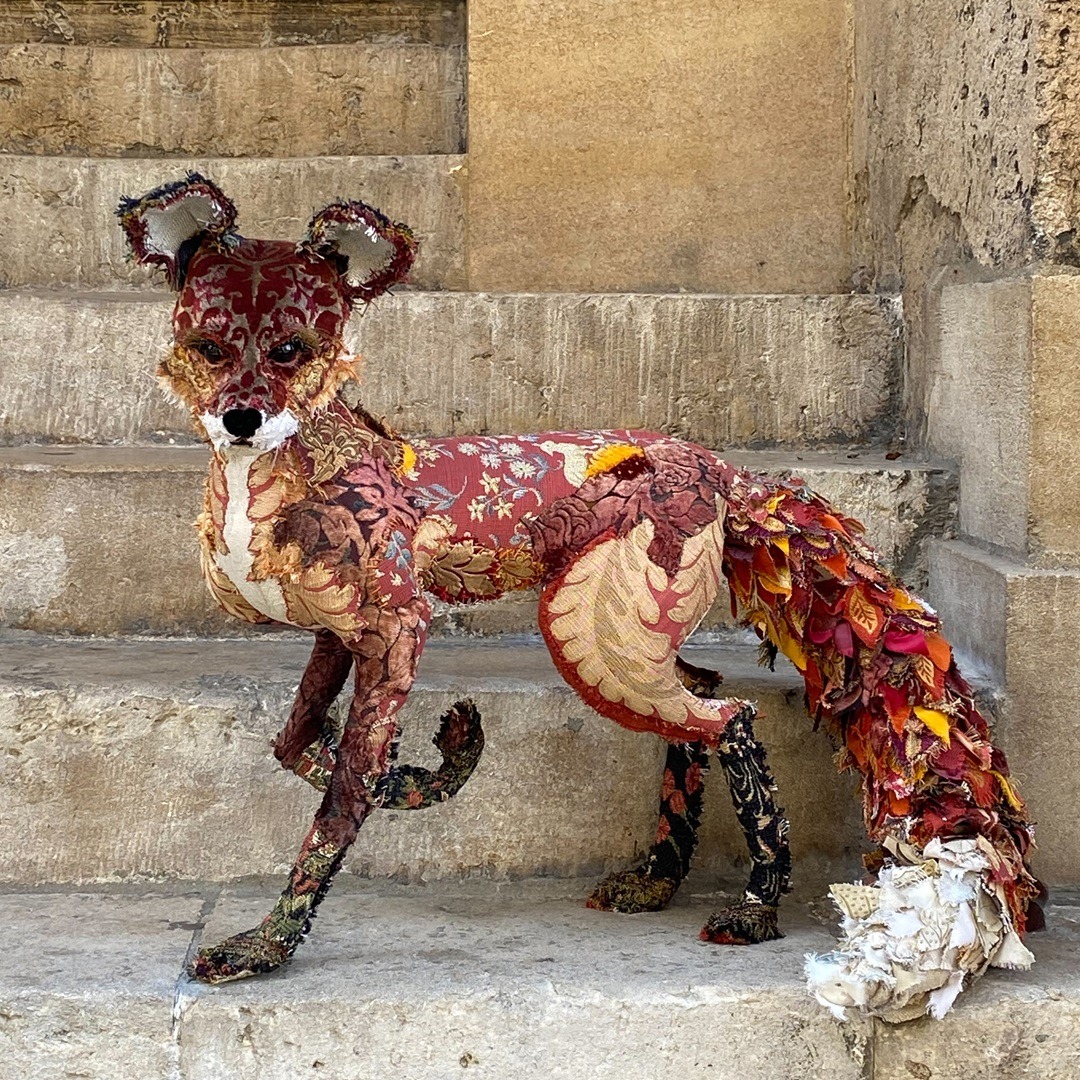
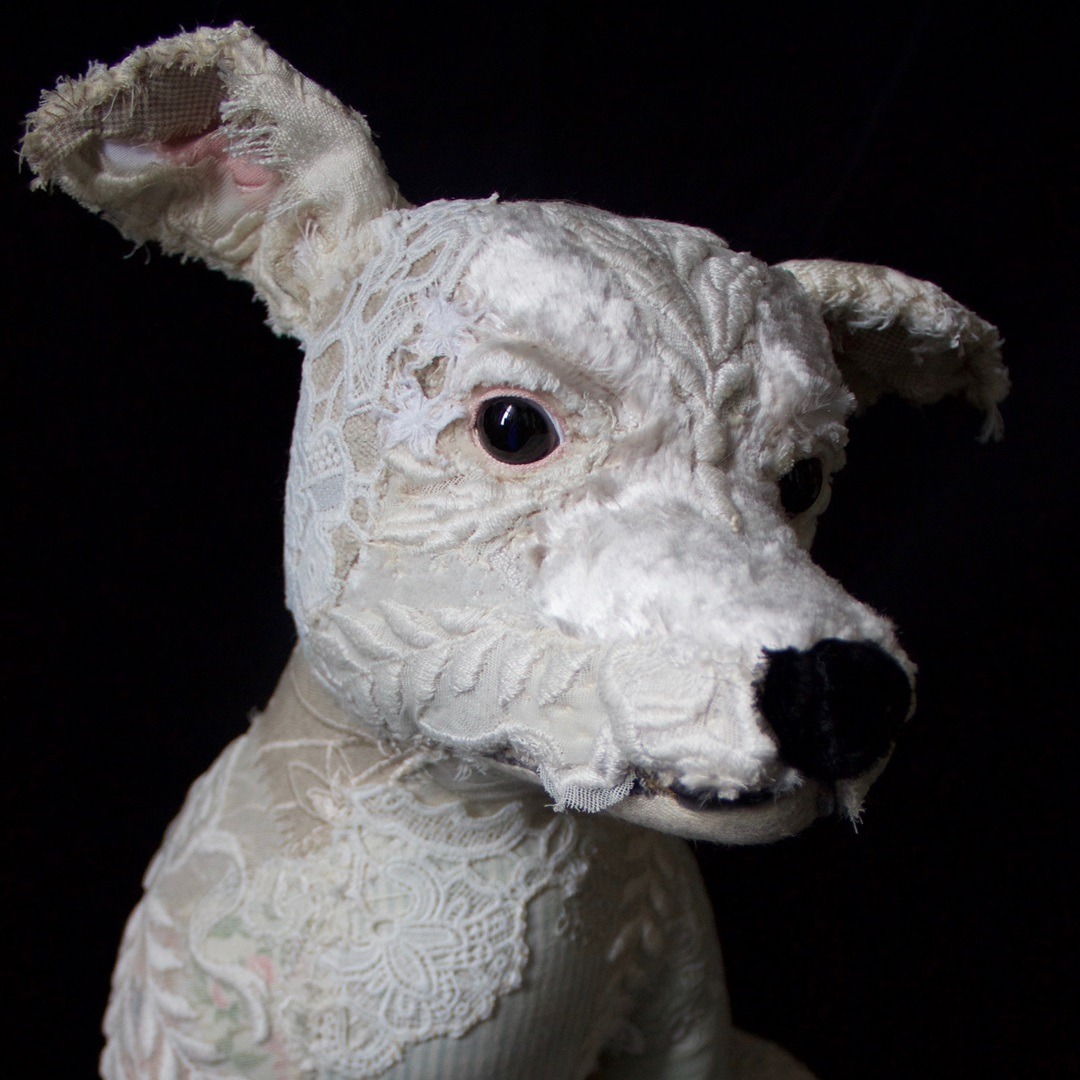
Encouraging 3D exploration
I started teaching textiles about 15 years ago offering short two- or three-day courses. Students learn to create animals such as mice, squirrels, hares and owls. I also offer longer courses for students directing their own brief.
I really enjoy spending creative time with others, especially fellow fabric lovers. I have met so many kindred spirits, and I think it can be quite a cathartic process for us all.
“We can get lost in our own creativity whilst being free to discover our own interpretations.”
Bryony Rose Jennings, Textile artist
Many students are challenged to let go of their need for perfection. That’s why I walk them through a step-by-step process and remind them along the way that there is no need to ‘get it right’.
Each sculpture reflects the personality and mood of its creator, and the result is uniquely theirs. Plus, some of the best creatures are often an accumulation of happy character-forming accidents!
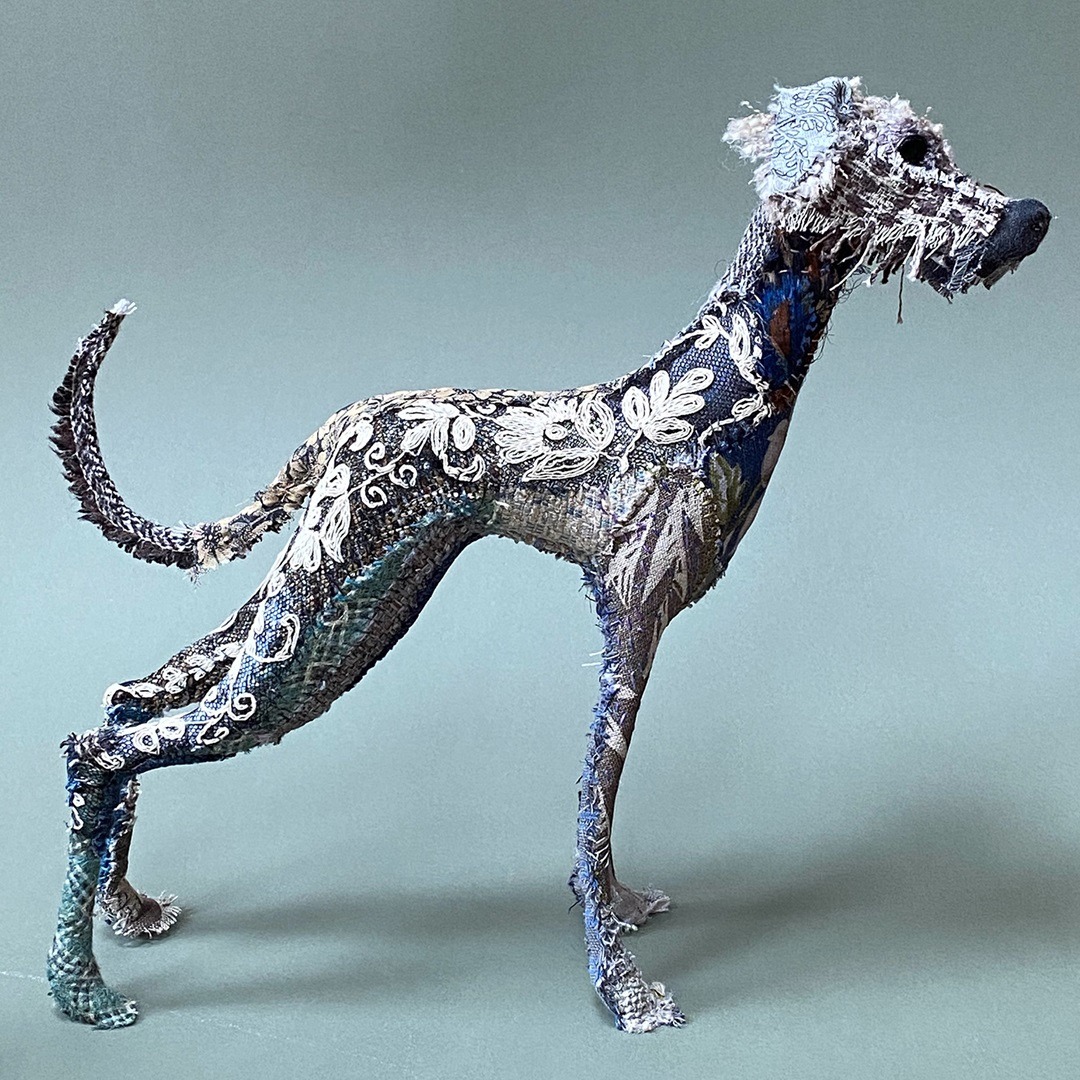
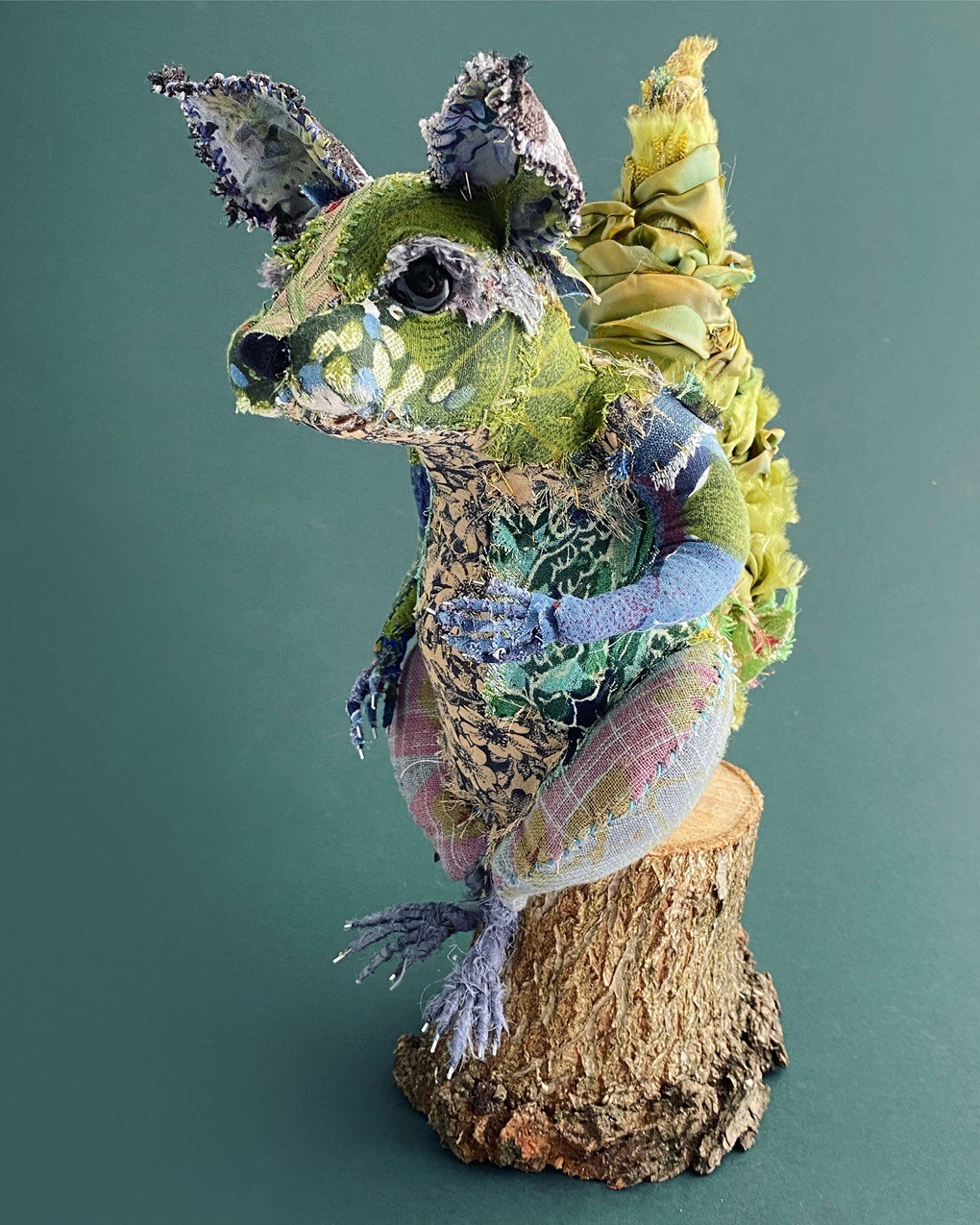
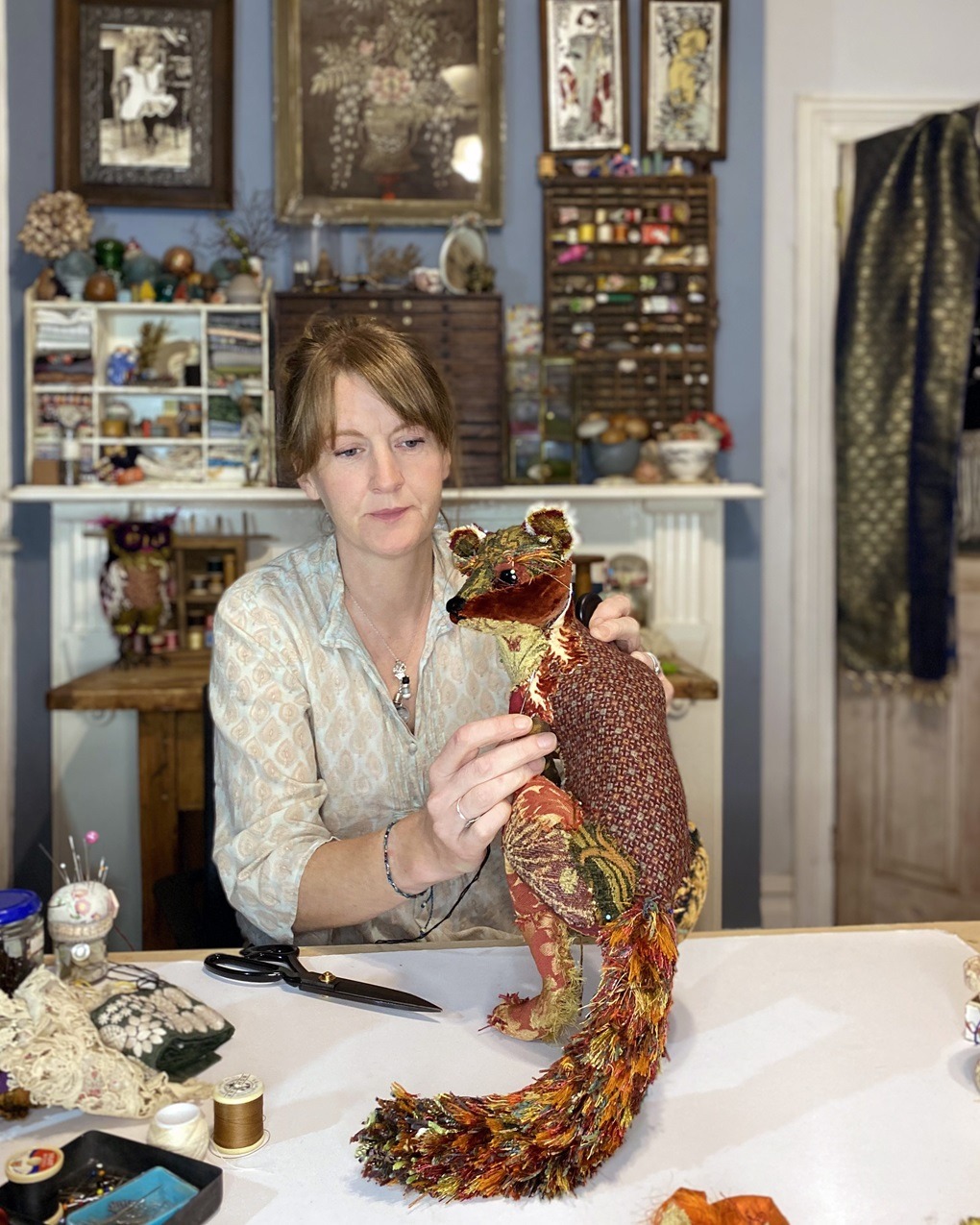
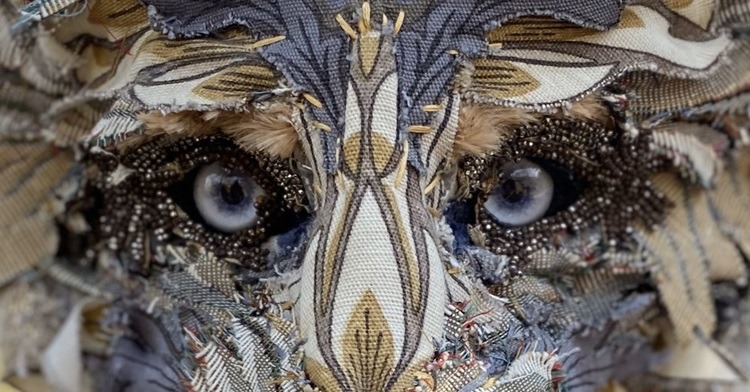

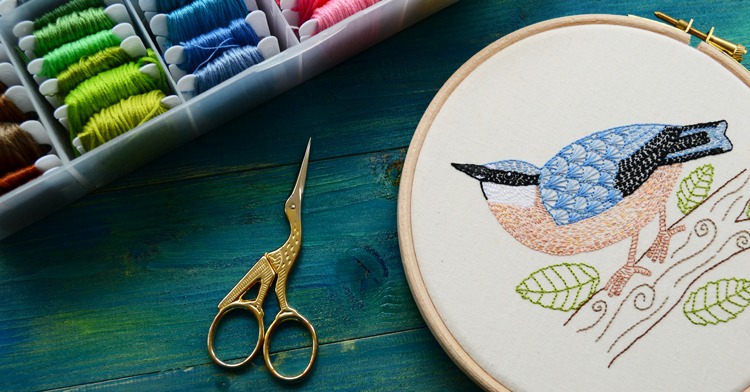
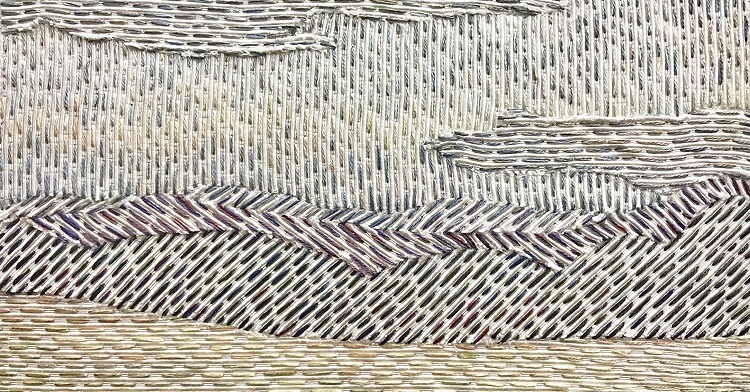
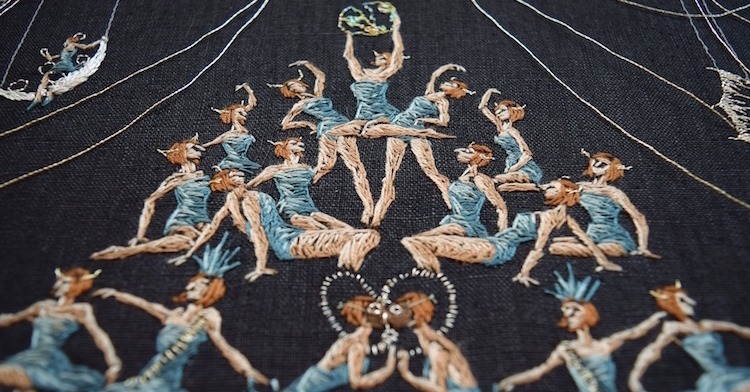
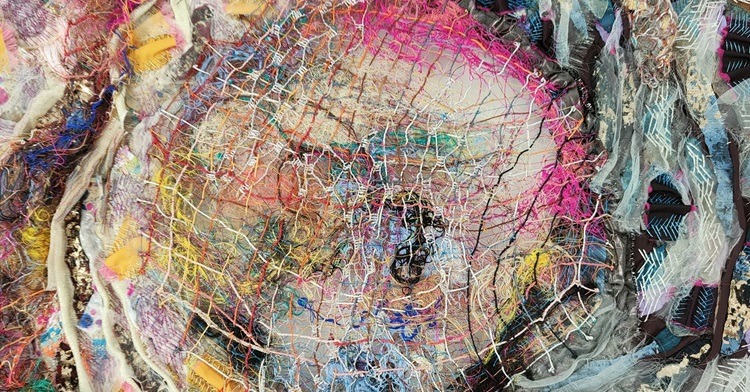

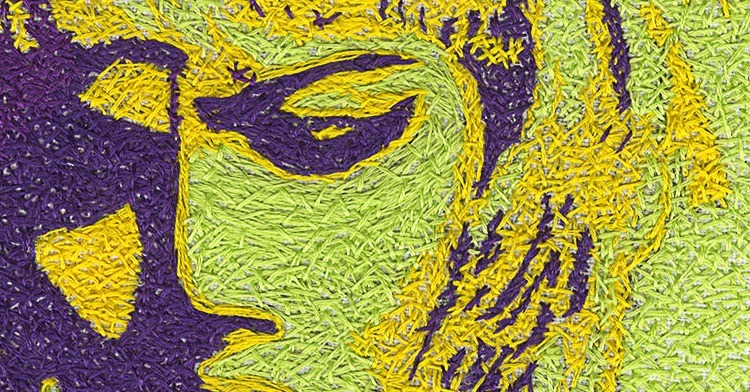
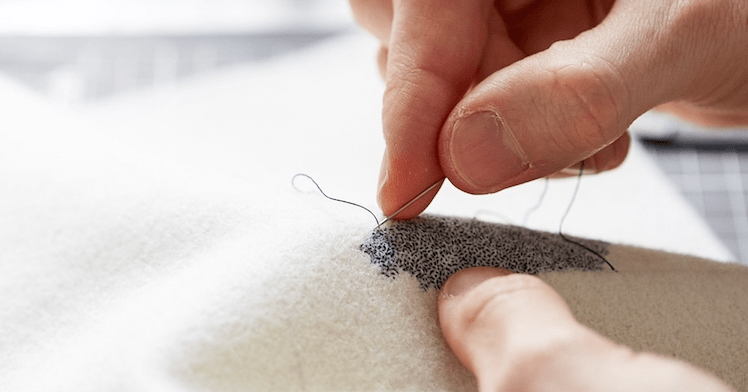
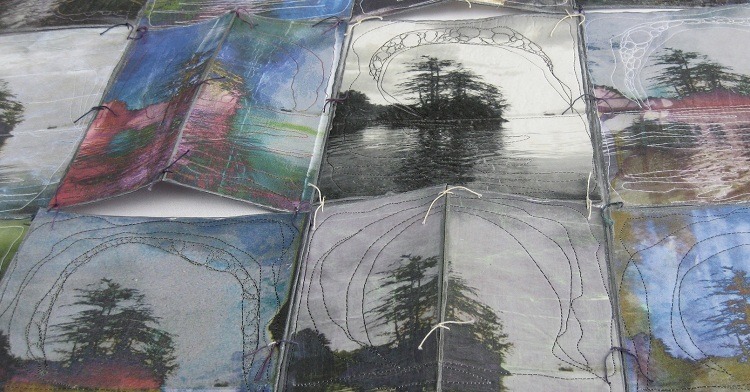
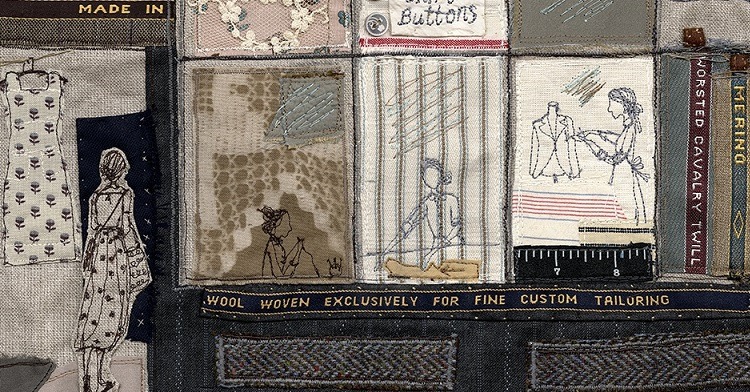
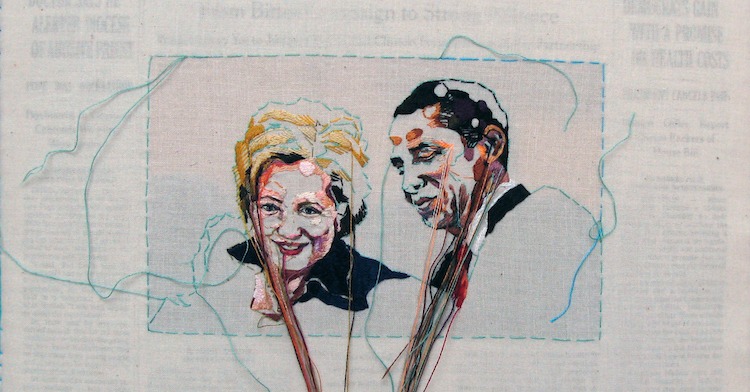
26 comments
Marsha
Love your work, I’m presently working on Fawn about 3 foot tall. She is having trouble standing, and bearing weight but I just can’t bring myself to change her size.
Sue Wardle
Beautiful insight of each creature to bring them to life. Truly inspiring.
Donna
Bryony, your work has intrigued and challenged me! I now look at my beautiful fiber stashes with new eyes. Can hardly wait to see what they become. Thanks for the great inspiration!
Martina
I am totally blown away by the beauty and magic of your creatures.
Roz Plant
Stunningly beautiful and so alive…I am in awe!
pat
Such beautiful magical unique ‘beasties’ Bryony, so full of recognisable character….I particularly liked seeing the variety of fabrics and threads you’ve used. Joyous.
Patricia
Lovely creations Bryony! So enjoyable to see.
Meg Prange
Byrony Rose Jennings is a genius.
Her creations are Alive!
Bryony Rose Jennings
You are too kind! I’m glad you can see the life in them too.
Meg Prange
Sorry Bryony. I misspelled you name on my first comment.
Robin Fleming
These are amazing. So very unique and beautiful.
Bryony Rose Jennings
Thank you Robin.
Terry Battles
Bryony, your work is so lovely and detailed. I was wondering if you had attempted to make a sloth yet?
Bryony Rose Jennings
Hi Terry, I haven’t attempted to make a sloth yet. I have a very long list of animals I want to try and create and a sloth is definitely on there, they are such interesting creatures.
Bonnie Roetscher
Wow!
Yvonne Smyth
Absolutely love your work the attention to detail is incredible and I love your colour combinations. Such inspiration to all of us who hoard all sorts of materials.
Bryony Rose Jennings
Thank you so much Yvonne, textile sculpture is a great way for using up lots of ‘the stash’!
Anne Doherty
Bryony Rose Jennings you are an artistic genius! Your work is beautiful. I can’t help but smile when looking at your creations – there is definitely an element of fun in them. The combination of materials are crafted so well. A big “WOW” from me!
Bryony Rose Jennings
I love that you can see the humour in them. Thank you for your kindness and enthusiasm.
lotte
Simply gorgeous and magnificent handicrafted expressions!
Bryony Rose Jennings
Thank you Lotte.
Anne Duffau
Tender, joyful, peaceful, and poetic art
Bryony Rose Jennings
Lovely gentle words. Thank you Anne.
Karen
I love Storyland Stitching. I’d do a workshop if I lived in the UK.
Margot
Incredible! Gorgeous work.
Bryony Rose Jennings
Thank you so much Margot.